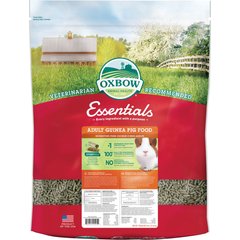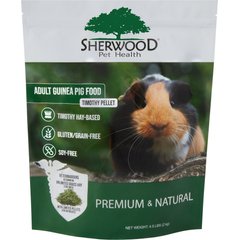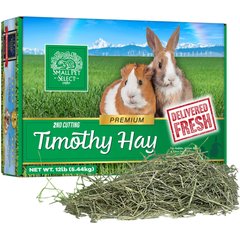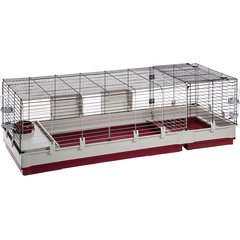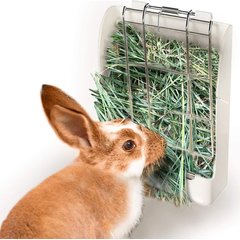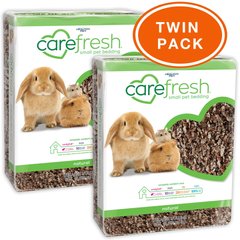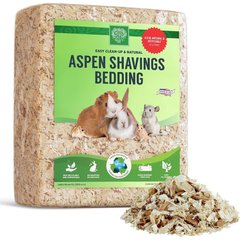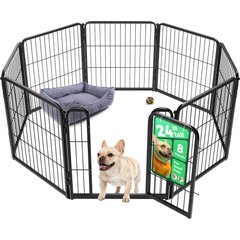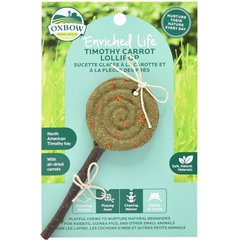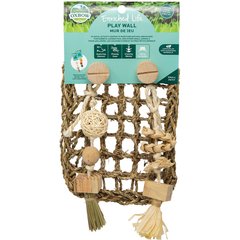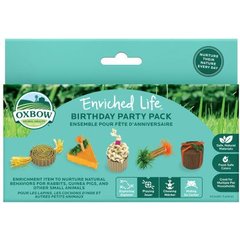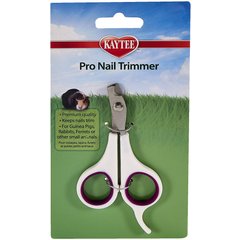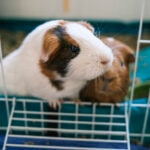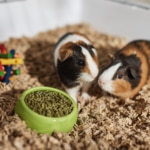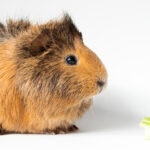Are Guinea Pigs Good Pets for Kids? Here’s What Parents Should Know
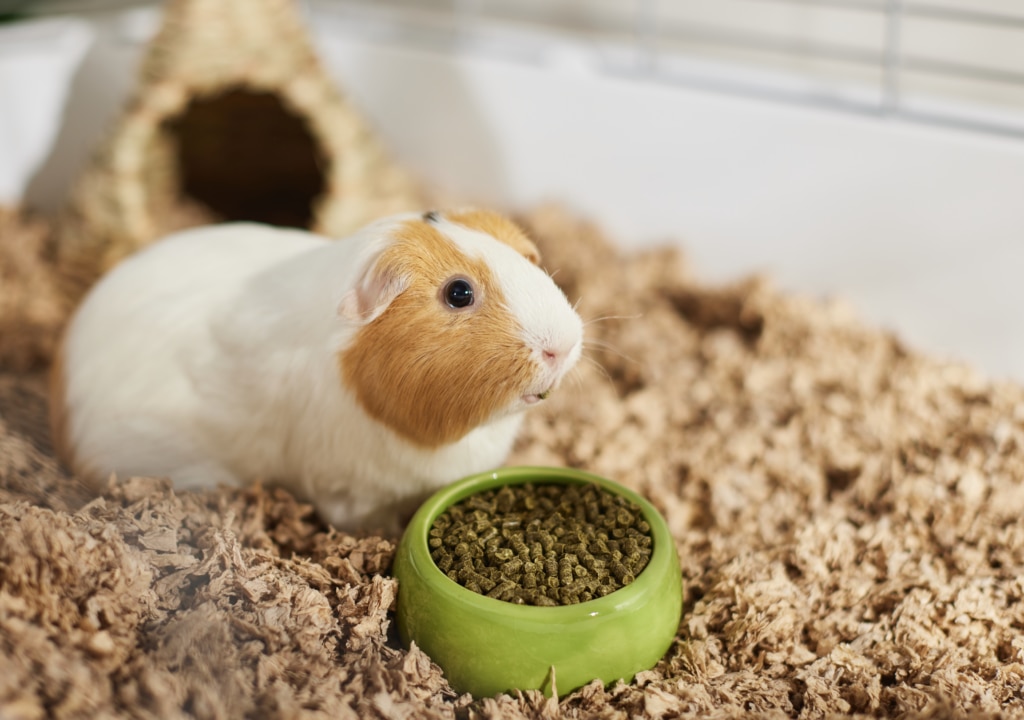
Photo by Chewy
Bringing a pet into the family can be a great way to teach kids responsibility and the joy of animal companionship.
Guinea pigs are often seen as a kid-friendly choice due to their small size, but are they really the right fit for children?
Before bringing one home, here’s what parents should know about caring for these squeaky little companions.
Why Guinea Pigs Can Be Great for Kids
While every piggy is different, these small animals check a lot of boxes when it comes to being kid-friendly pets.
Here are a few common traits that make them a good option for families with children.
- Gentle personalities: Unlike some small pets, guinea pigs are usually calm and not prone to biting.
- Social animals: They love attention from humans and enjoy being held and petted. Many even recognize their caregivers’ voices and faces.
- Entertaining: Guinea pigs have more than 10 different vocalizations, from excited squeaks to soft purrs, each with its own meaning. These sounds can keep kids amused and curious about what their pet is trying to say.
Additionally, Laurie Hess, DVM, DABVP (Avian), owner and medical director at Veterinary Center for Birds & Exotics, in Bedford Hills, New York, explains that caring for a pet, such as a guinea pig, teaches children empathy and responsibility by helping them understand that another living being depends on them to stay healthy and happy.
What Parents Should Know Before Bringing Home a Guinea Pig
Guinea pigs are undeniably cute, but they’re more than just cuddly companions to coo over.
Before welcoming a guinea pig into your family, Dr. Hess emphasizes the importance of understanding their daily care needs, which might look very different from the image you have in mind.
Here’s what every potential piggy parent should know.
They’re a Long-Term Commitment
Guinea pigs can live 5–7 years, which is much longer than other small pets, such as hamsters. Some can live even longer. The oldest guinea pig on record was Snowball, who lived to be an impressive 14 years and 10.5 months old!
While your child might move on to new hobbies, interests, or responsibilities, their piggy will still be counting on the family for consistent care.
They Require a Specific Diet
According to Carolyn Gardner, founder of Gardner’s Pig Pen Guinea Pig Rescue, a guinea pig’s diet centers around high-quality timothy hay and guinea pig pellets, such as Oxbow Essentials Cavy Cuisine Adult Guinea Pig Food or Sherwood Pet Health Timothy Pellet Adult Guinea Pig Food.
Recommended Products
The pellet food should be supplemented with unlimited grass hay, such as Small Pet Select Second Cut Timothy Hay, daily fresh veggies, and a small amount of fruit.
Recommended Product
Gardner also recommends giving your guinea pig a vitamin C supplement, such as Oxbow Natural Science Vitamin C Small Animal Supplement.
Recommended Product
Many pellet-based foods are fortified with vitamin C, but the nutrient can degrade over time, especially after the bag is opened. Providing a separate vitamin C supplement is an easy way to ensure your guinea pig gets enough of this essential nutrient.
Additionally, guinea pigs need access to fresh water at all times through a water bottle, such as the Choco Nose Small Animal Water Bottle, which attaches to their cage. The water bottle should be spot-cleaned daily and deep-cleaned weekly.
They’re Better in Pairs or Groups
“Guinea pigs are social herd animals who get depressed living alone,” Gardner says. That’s why she recommends adopting at least two compatible, same-sex guinea pigs and housing them together.
Just keep in mind, the more guinea pigs you have, the more food, cleaning, and daily care they’ll require.
They Need Ample Space
For housing, Gardner recommends an enclosure with at least 10.5 square feet of floor space, such as the Ferplast Krolik 160 Cage or the Zylina Guinea-Pig Healthy Habitat, for two guinea pigs. She adds that for each additional piggy, the cage must increase by about 100 square inches per additional guinea pig.
Recommended Products
Your guinea pigs’ cage will need daily spot cleaning and a thorough weekly cleaning, which will require adult guidance at first.
They Require Cage Enrichment
Gardner says every cage should include at least two hideouts per guinea pig, tunnels, and toys to encourage natural behaviors such as chewing, burrowing, and exploring.
Gardner also recommends hay racks, such as the SunGrow Hay Feeder Rack, for grazing throughout the day, and soft, absorbent bedding, such as fleece, unscented shredded paper, or aspen shavings, for comfort and burrowing.
Some great DIY enclosure enrichment can include cardboard hideouts, fleece tents, and untreated wicker baskets.
Recommended Products
They Need Out-Of-Cage Time
Guinea pigs need at least an hour of supervised time outside their cage each day to stay active and mentally stimulated. This out-of-cage time should take place in a secure playpen with bar spacing of less than 1.5 inches, which is safe for guinea pigs, and a non-slip surface, such as the FXW Homeplus Indoor Dog Playpen. If possible, they could play in a room that’s enclosed, hazard-free, and protected from other pets.
Recommended Product
To give them the best experience, offer plenty of toys, tunnels, and gentle interaction.
Recommended Products
They Have Low Grooming Needs
Guinea pigs groom themselves and generally don’t need baths unless they become particularly dirty. That said, it’s a good idea to check them daily for any fecal matter or debris stuck to their feet or bellies, and give them a gentle spot clean when needed.
If you have a long-haired breed, Dr. Hess recommends grooming them daily with a stainless steel comb to prevent tangles and matting.
Additionally, guinea pigs’ nails should be trimmed at least once a month or per your veterinarian’s recommendations to keep them healthy and comfortable.
Recommended Product
You’ll Need To Supervise
Dr. Hess says guinea pigs are hardy, but like any other small animal, they can be injured if handled roughly or dropped.
Help your child learn how to hold their guinea pig securely. Always use two hands, one supporting their bottom and back legs and the other supporting their front half.
It’s also important to teach kids how to recognize signs of stress in guinea pigs, such as loud squealing, teeth chattering, or freezing in place, so they know when to give their piggy space.
Children under the age of 10 should not take care of or handle guinea pigs without adult supervision.
Since guinea pigs are sensitive small pets, adults or parental guardians should be the primary caretaker of these pets.
They Need Vet Care
Like any other pet, guinea pigs require regular veterinary care, so make sure an exotic animal vet is available in your area before bringing one home.
You’ll also need to budget for medical expenses, such as annual checkups, unexpected injuries, and other health issues.
Is Your Child Ready for a Pet Guinea Pig?
A guinea pig can be a wonderful companion, but only if your child is ready for the responsibility that comes with it. Here’s what to consider:
- Their age: While every child is different, guinea pigs are best suited for kids age 7 and up. At this age, children are usually old enough to understand and follow basic care routines and gentle enough to handle guinea pigs safely, under adult supervision.
- Their traits: Look for signs your child might be ready for a small pet, such as being gentle, consistently following instructions, and showing a genuine interest in animals beyond just thinking they’re cute.
- Their understanding: Be sure your child understands that caring for guinea pigs involves more than playtime and cuddling. They need daily feeding, fresh water, regular cage cleanings, and enrichment.
- Your willingness and availability to help: Even with a responsible child, parents should remain the sole caregiver and supervise care and handling, cage cleanings, and veterinary visits.
Comparison With Other Small Pets
Curious how guinea pigs stack up against other popular small pets, such as hamsters and rabbits, when it comes to being kid-friendly? Let’s take a look:
- Guinea pigs vs. hamsters: Hamsters are smaller and tend to be more skittish and prone to biting, especially if startled or handled roughly. Guinea pigs are typically calmer, more tolerant of handling, and easier for kids to bond with, but they do require more space.
- Guinea pigs vs. rabbits: Rabbits are faster and more easily startled and they usually don’t like being picked up, which can make handling tricky for young children. They also need more space. Guinea pigs are generally more relaxed, easier to hold, and more vocal.
No pet is perfect or low-maintenance, but guinea pigs tend to be one of the more kid-friendly options among small animals. They’re sweet and social, and their care needs are manageable for families willing to put in a little daily effort.
The Bottom Line on Guinea Pigs as Pets for Children
Guinea pigs can make excellent companions for children if families understand what’s involved and are ready to commit to their long-term care.
They can make great pets for children as long as the parents remain primary caregivers and assume primary responsibility for the guinea pigs.
The key is setting your home (and expectations) up for success. Do your research, gather the right supplies ahead of time, and show your child how to safely and respectfully care for their new pet. In return, you’ll be rewarded with years of adorable, squeaky companionship and feel-good moments together as a family.
